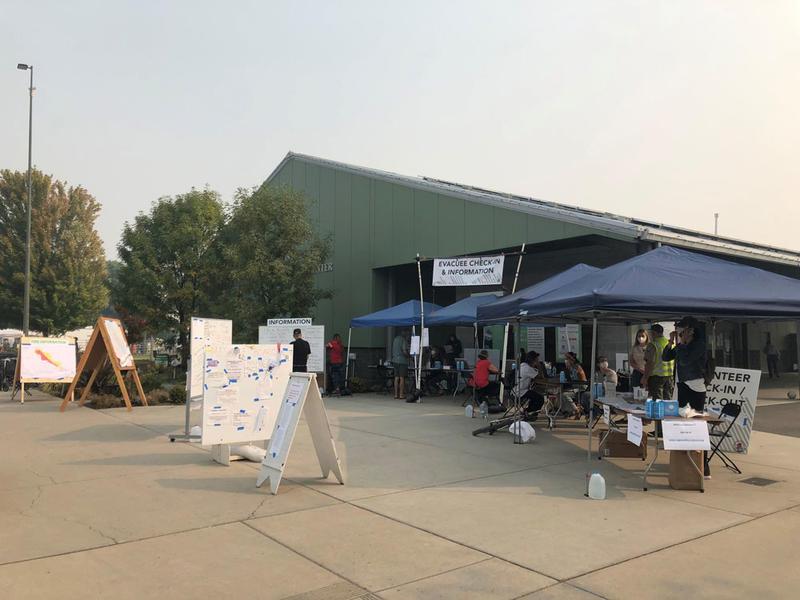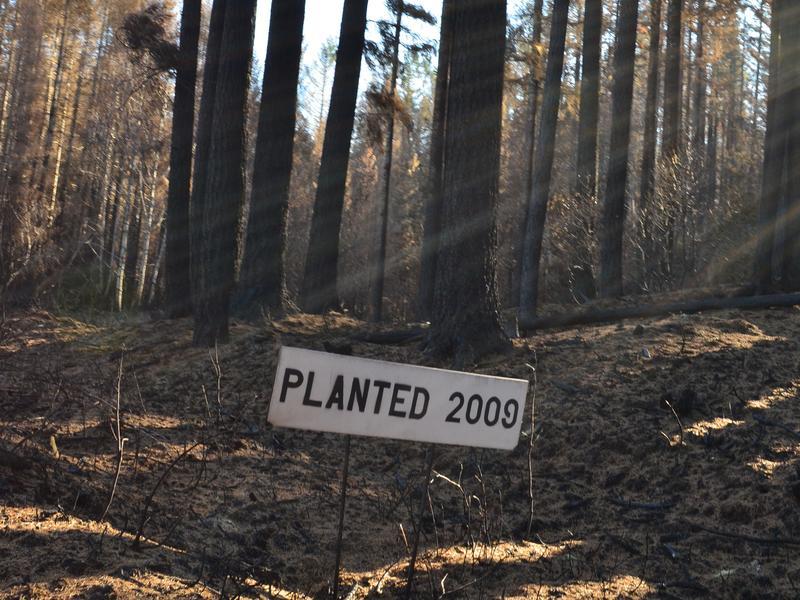Wildfire readiness
Indigenous peoples have used fire to influence landscapes for millennia. But following Euro-American settlement all fires were quickly suppressed and the use of beneficial fire ceased to occur. Without fire to maintain a healthy balance, forests have become overly dense and even unhealthy. Coupled with a changing climate and as present day population continues to increase, and homes and communities expand to new areas intermixed with wildlands (called the "Wildland Urban Interface, or WUI"), we are faced with a complex challenge of how best to live with fire.
Wildfire is not just an issue for land management agencies to tackle; it's an issue for all of us. You and your community can live better with fire by preparing in advance.












